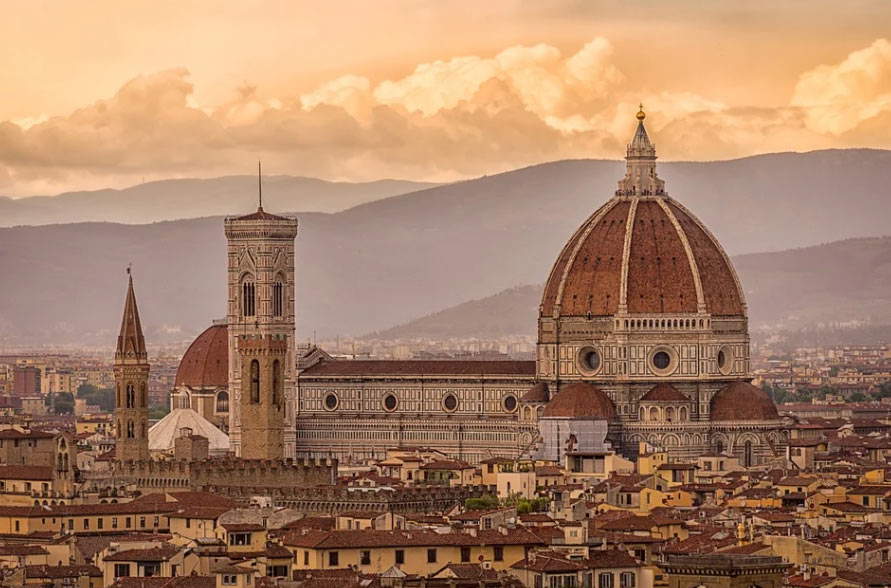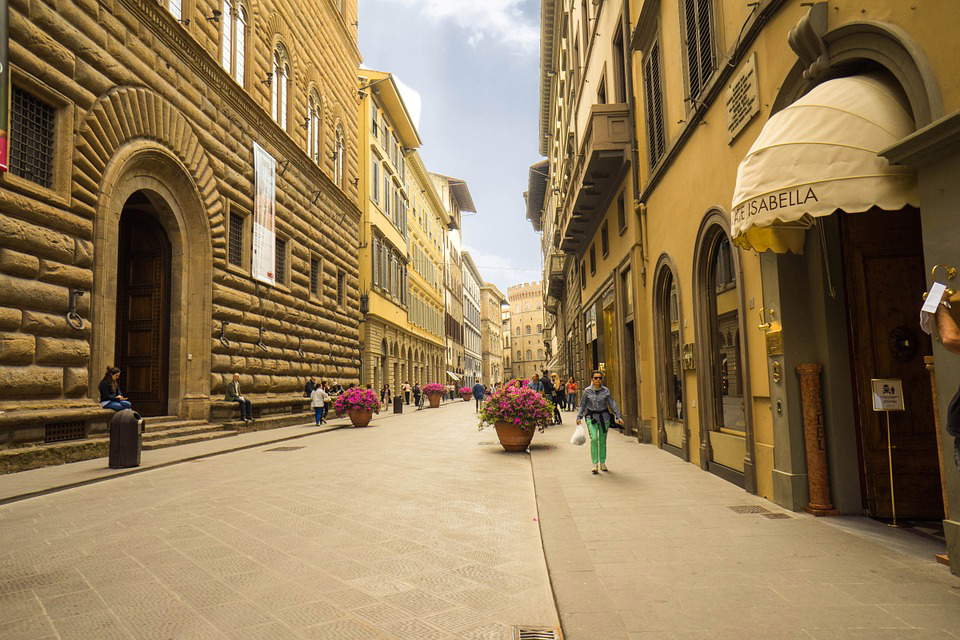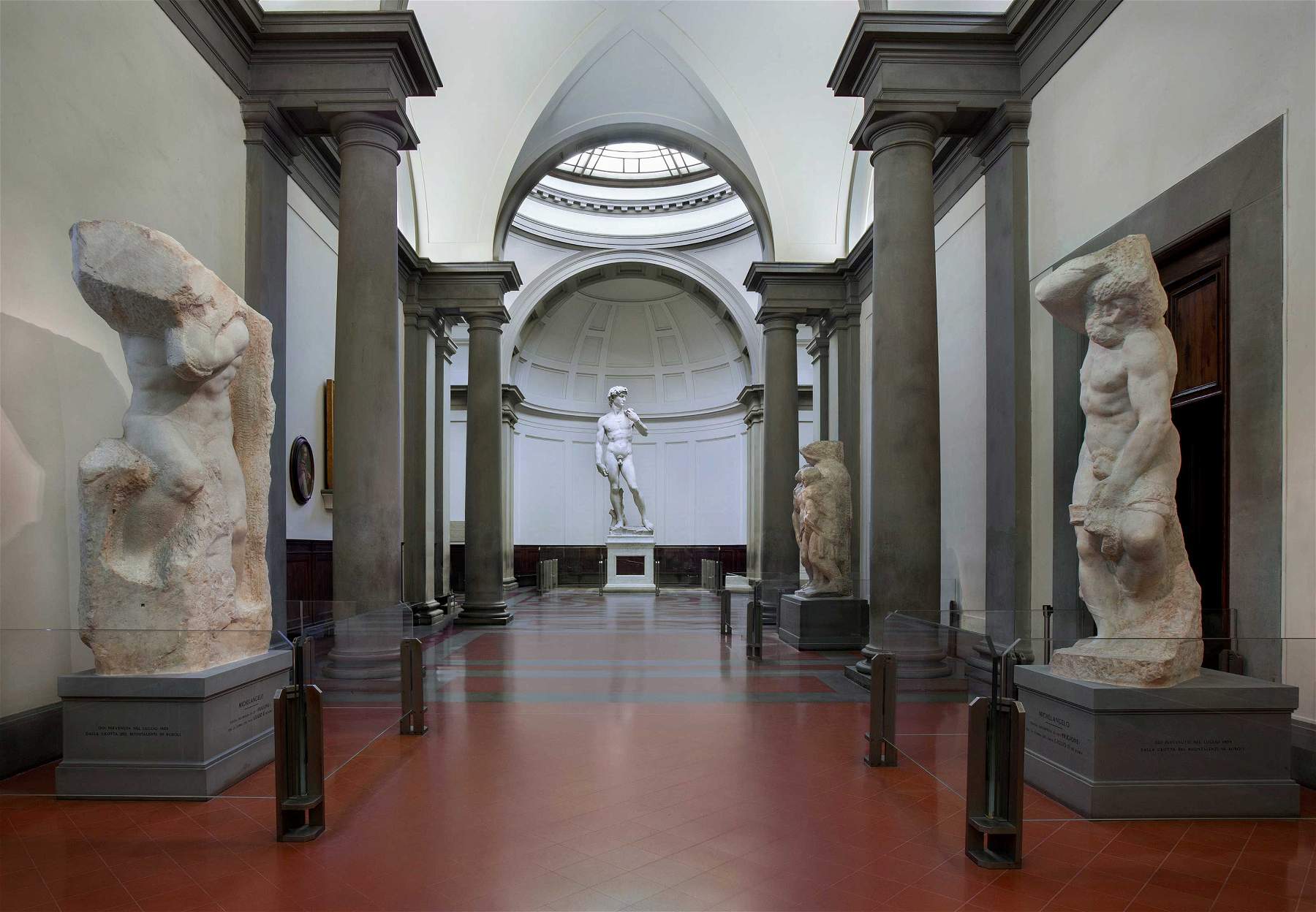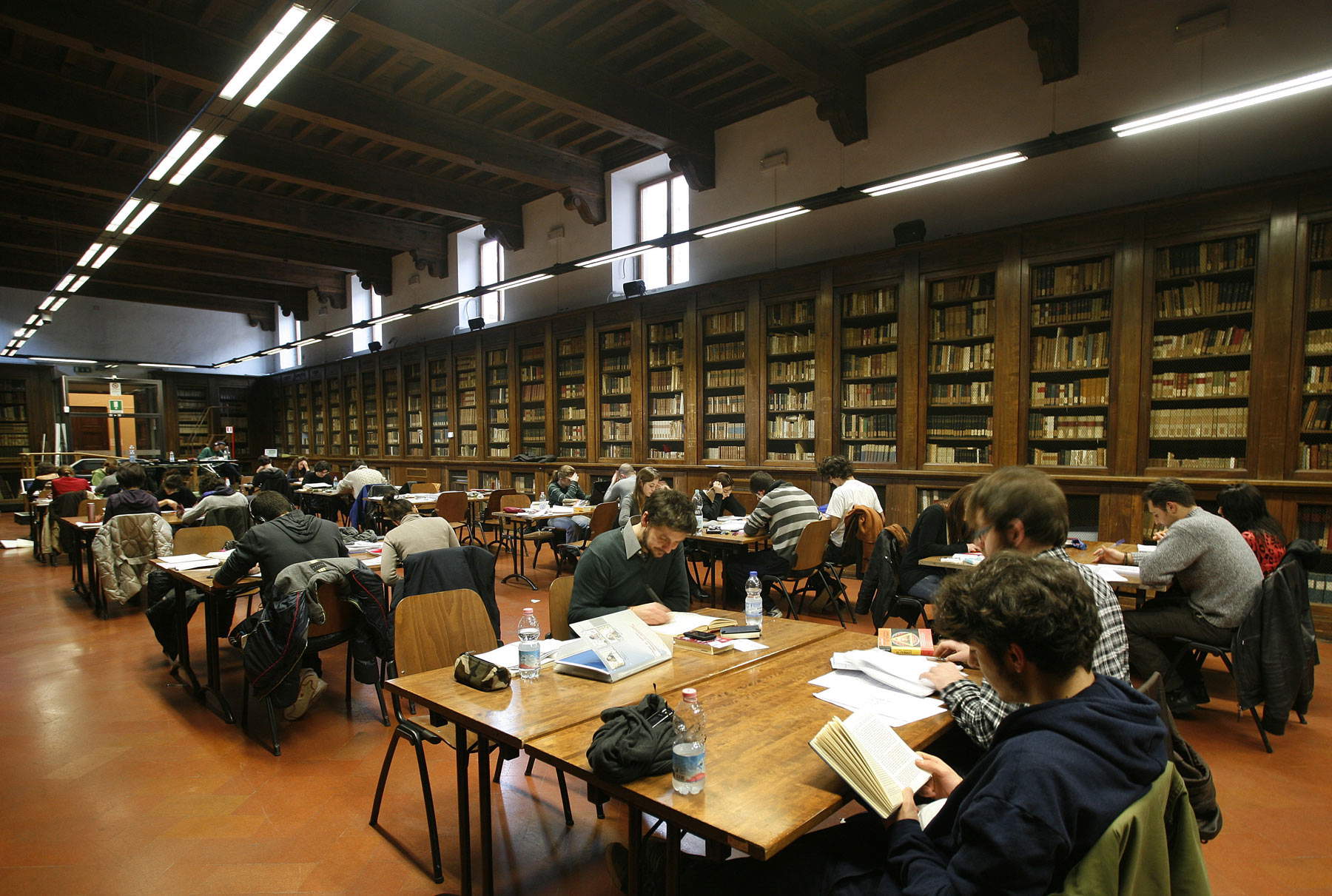The initiative For Another Florence. Paths of Visitation and Paths of Research, a series of three webinars (May 14, 21 and 28) on conservation, knowledge and communication in cultural heritage organized by Fulvio Cervini, Andrea De Marchi and Cristiano Giometti of the SAGAS Department (History, Archaeology, Geography, Art and Performing Arts) of theUniversity of Florence, was truly appreciable and stimulating for multiple reasons.
In the face of the health and social emergency unleashed by the coronavirus, which affects everyone personally, as citizens and conscious members of the same community, this was a real “call to ideas.” Professors, administrators, museum directors, entrepreneurs, managers, students, postgraduates and doctoral students, historians and journalists confronted each other on the binomial Florence and Culture, at the time of Covid but not only, advancing reflections and proposals also in relation to the infamous restart.
As in a snapshot of a suspended time, through the abolition (literal and figurative) of background noise, Covid gave us an unfiltered image of what our cities have become and our territory (and Florence in particular) forcing us to confront issues (such as those of intensive tourism, the role of universities and research and their relationship with the world of work, the inequality of resources between small and large museums) that have been an emergency for too many years now.
For us, art historians trained at this university, it was natural to listen with great interest to the three installments. Equally natural it seemed to us to attempt a further step, trying to put down on paper some reflections on the initiative, highlighting what good things have emerged, but at the same time strongly reiterating the need for concreteness, which unfortunately has often been lacking in the interventions.
 |
| View of Florence |
The city, the citizens, the tourists
The discussion was kicked off by administrators from the Region and City Council, who spoke of urban regeneration and artist residencies, with a view to restoring new vitality to the fabric of the city. But, as only occasionally emerged from the webinar, one of the most delicate knots of the problem is rather that of restoring to the city as much as possible a human-scale dimension. Instead, the policies adopted for decades now have been going in the opposite direction: the exponential growth of accommodation and recreational offerings has monopolized spaces and activities in the life of the historic center (for some data see most recently I. Agostini, Florence historic city: tourist monoculture in a planning vacuum, in The Right to the Historic City, Rome 2018). It would be necessary to re-discuss the conditions for public interest activities, retail, and craftsmanship to survive in the city center, reviewing at least partially and in a more balanced way the displacement operations of administrative functions, such as court or university pole. It would also be necessary to curb the irresponsible internal fractioning of historic buildings (while on the contrary the mayor is now calling for a loosening of constraints) that encourages speculation, and to introduce a calming of rents and sales of properties, with the aim of bringing stable residents back to the center and recovering a dimension of real, living daily life.
Florence’s attractiveness is undeniable. It would be utopian (as well as unfair), as pointed out by Alina Payne, to ask a tourist, perhaps during his once-in-a-lifetime experience, to give up the city’s most representative symbols: the David, as well as the Colosseum or the Rialto Bridge, cannot be denied to anyone. If anything, one should try, on the one hand, to offer the visitor a richer and more articulated narrative, acting on the narrative dimension of the city by entrusting it to the right professionals in the field, as proposed by the SAGAS doctoral students; on the other hand, investing in the network that links the various cultural venues, for example, including through an intelligent and diversified use of cumulative tickets. But to take up such a difficult challenge as educating (and not only foreigners) about a more conscious tourism, it is essential that Florence first and foremost has the will to give up its postcard image, its established role as a cult-city, freeing itself from the idea that tourism is and should be its primary source of income. After all, as Mario Curia pointed out, tourism does not make up as high a percentage of the city’s GDP as is normally believed, and tends to generate wealth that is increasingly polarized toward major economic attractors.
 |
| Florence, via Tornabuoni |
Museums and territory
There has been much talk of re-routing tourist flows to decongest the historic center, in favor of peripheral and provincial areas, with proposals aimed at the creation of new museum centers or the redistribution of works of art, through, for example, their relocation to the places for which they were created, a topic (the latter) recently raised by the director of the Uffizi, Eike Schmidt.
These are stimulating and fascinating proposals, both for the art historian who feels as an achievement the possibility of reconstructing contexts of the past, and for any citizen who experiences those same works as an integral part of his or her everyday life and historical memory. However, it clearly emerges, in our opinion, alongside a necessary case-by-case evaluation, the need to ensure the safety and proper enjoyment of those same works: how many times are paintings, sculptures, goldsmithing even of primary importance unapproachable in churches, difficult to reach even for reasons of study? How many times do the doors remain closed at all hours?
On the other hand, it is essential to return to tie Florence to its territory, but not so much through the creation of new museum containers in the suburbs (Andrea Pessina), with the risk of feeding the inflated concept of “diffuse museum.” There are already plenty of museums in the province and of great value and quality, ready to collaborate with Florentine institutions and research centers. Widening our gaze from the city to its outskirts should mean, in the first instance, looking with new and lively interest at these local realities, which (albeit amidst a thousand difficulties, now more than ever) work for the deepening and enhancement of heritage. If anything, there is the danger of a hierarchical management of this Florence/territory relationship, which should be averted through a real and as equal collaboration as possible, avoiding a one-way center-periphery road. On the contrary, the city could capitalize on the decentralization powers already in place, and on the way the territory relates to its diffuse heritage, fostering the relationship between it and local communities.
 |
| Accademia Gallery, Michelangelo’s David and Prisons |
Museums, Universities and Research
Florentine libraries, archives, museums and monumental sites (which during the webinar seemed to clam up, committed above all to emphasizing their own initiatives, without questioning the real possibilities for cooperation) represent an indispensable link in this network, for protection, for research, for the future of the professions in cultural heritage.
In reality, however, the dialogue between professionals in the field and students is not taken for granted, and collaborations (with a few virtuous exceptions) are often subject to the specter of exploitation on a temporary and very determined basis (when they do not even remain on paper), preventing fruitful training in the field, with all the baggage of skills and contacts that would result.
One term that came up repeatedly and across the webinar was “digitization.” The coronavirus emergence demonstrated the timeliness of this issue, emptying the halls of museums, research institutions, libraries and archives, left, now more than ever, at the mercy of a difficult and uncertain future. Although some progress has been made, we are still far from satisfactory online accessibility of information, both in the sites of individual institutions and in the ministerial catalog systems, which function with hiccups and are often usable only from certain locations. This is an all-Italian shortcoming that plagues both small institutions and large, internationally renowned hubs. Never before has there been such a lack of young resources, free information and image sharing systems (has anyone said how much a scholar has to pay for a photograph?). A concrete and feasible proposal to solve this shortage could be to build a digitization project shared between universities and institutions, as systematic and widespread as possible. Such a project, extended nationwide, would offer students and former students the chance to gain concrete, formative and finally useful work experience (a fact not taken for granted for a curricular internship), and museums a cost-effective service, in a potentially replicable and continuous form over time.
Initiatives such as this would act positively on the dramatic distance that separates the world of work from the university: it is true that the third mission of universities cannot and must not turn into an employment office, but they have a duty to pose the problem of bringing their young trainees closer to the profession, of the expendability of their profile in the current panorama. Equally serious is the delay in graduates finally being able to enter the world of work in cultural heritage, starting with properly paid postgraduate internships. Art historians and museums are linked by a mutual need, too often ignored.
 |
| The Oblate Library, Florence |
For a fourth installment
These long-distance meetings have sown ideas, and we would like the process set in motion not to stop; and indeed, after a time of reflection, to try to reap the benefits in a truly dialectical moment (a dimension that has perhaps been lacking in this format). Since we cannot imagine an in-person meeting for now, we would like to propose a fourth webinar based on questions, discussion, and above all, proposals. Among the various voices we would like to listen again and questionthose of politics, and also to confront those who are bearers of different interests, often antithetical to the cultural ones (think of the many entities operating in mass tourism).
The good fortune of being in a profession like the art historian, which allows us to keep our heads in the past, does not imply a lack of concreteness or an inability to read the present. Our professions are necessarily linked to the city’s administrative choices; so is the future of culture in all its meanings.
References for the webinars “For Another Florence”
https://www.youtube.com/watch?v=R0MUot21gEc
https://www.youtube.com/watch?v=Hst-uiiEayk
https://www.youtube.com/watch?v=Gmo1jZIzSFw
Warning: the translation into English of the original Italian article was created using automatic tools. We undertake to review all articles, but we do not guarantee the total absence of inaccuracies in the translation due to the program. You can find the original by clicking on the ITA button. If you find any mistake,please contact us.